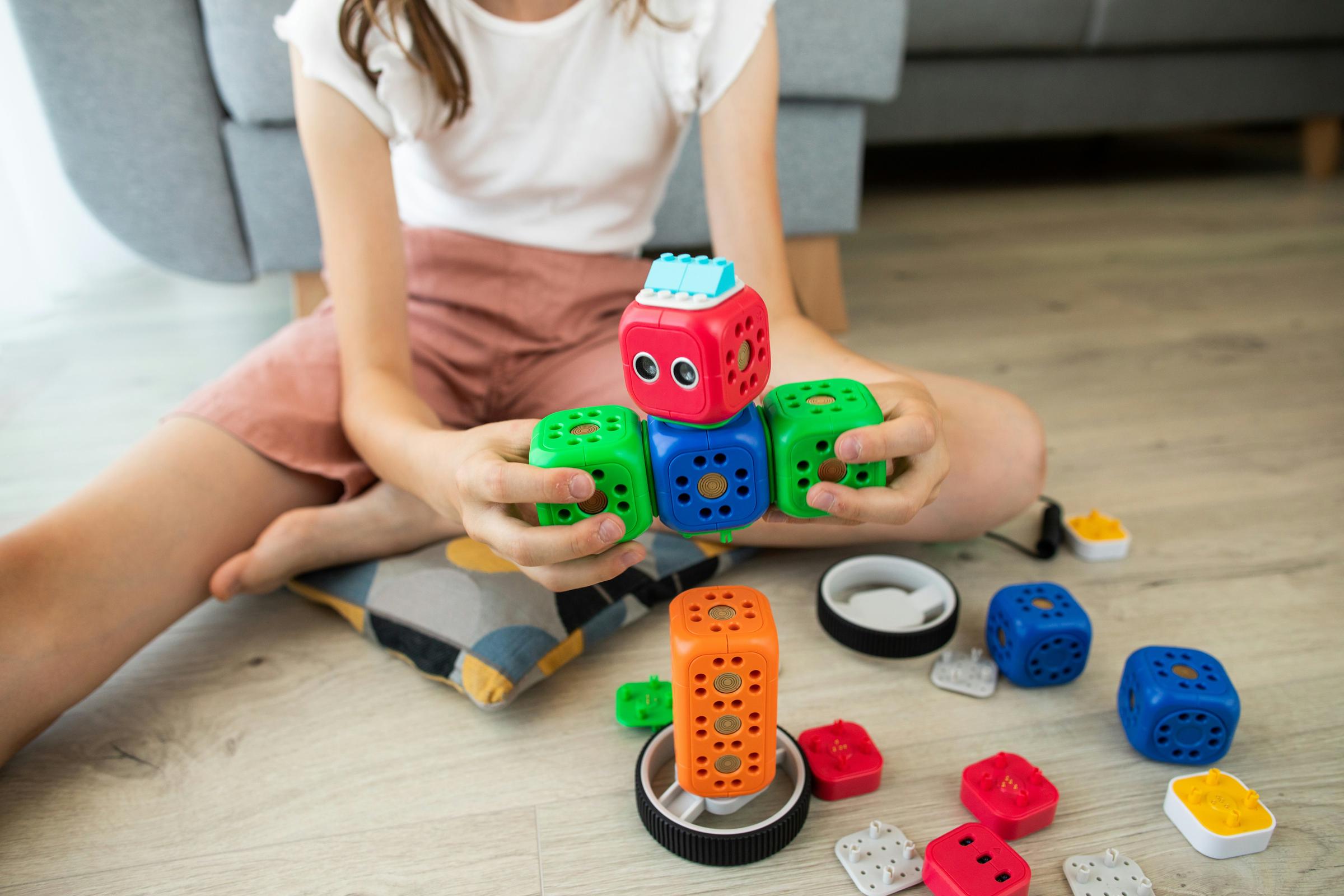
10 Innovative STEM Toys To Spark Curiosity In The Next Generation
Kids often discover the wonders of science, technology, engineering, and math by diving into hands-on activities that make each lesson memorable. Twisting wires, assembling circuits, or programming a miniature robot invites curiosity and encourages confidence with every step. These engaging projects offer more than just entertainment; they turn complex ideas into experiences children can see and touch. With each new challenge built into the design, these activities keep young minds active and interested, helping them build important problem-solving skills that last well beyond the classroom.
This guide highlights ten standout sets that encourage exploration, problem solving and creativity. You’ll find clear tips on benefits, age ranges, and strategies to maintain interest. By blending innovation with accessible design, each option invites newcomers and seasoned tinkerers alike to dive deeper into STEM.
Top 10 STEM Toys for Hands-On Exploration
Each of these picks offers unique challenges and clear instructions to guide budding engineers and scientists. From basic circuitry to programmable robots, they cover wide interests and skill levels.
- littleBits Electronic Building Blocks – Color-coded modules snap together magnetically to teach circuitry without soldering.
- LEGO Mindstorms Robot Inventor – Combines classic bricks with programmable hubs and sensors for custom robots.
- Kano Computer Kit – Guides users through building a computer and coding games with user-friendly software.
- Sphero Bolt – A spherical robot that users program via colorful, icon-driven code blocks or JavaScript.
- Osmo Genius Kit – Blends physical puzzle pieces with tablet-based interactive learning games.
- Makey Makey – Turns everyday objects into touchpads and controllers by completing simple circuits.
- Turing Tumble – Uses marbles and mechanical switches to teach logic gates and computer architecture.
- Snap Circuits – Labeled snap-together components form working radios, alarms and more.
- K’NEX Education STEM Explorations – Modular rods and connectors support vehicles, structures and simple machines.
- STEMScopes – Hands-on science kits with guided investigations in physics, chemistry and earth science.
After exploring this list, match a set’s focus to personal interests—coding challenges, hands-on engineering or creative design. This way, each session feels both relevant and rewarding.
Educational Benefits of Interactive Play
When children tinker and test ideas, they develop critical thinking and persistence. Interactive play offers much more than screen time—it actively engages multiple senses and learning styles.
- Problem-Solving: Real-world challenges require trial, error and creative adjustments.
- Fine Motor Skills: Manipulating small pieces strengthens hand-eye coordination.
- Collaboration: Many kits support group projects, encouraging communication and teamwork.
- Confidence: Completing a circuit or coding a robot fosters pride and motivation to tackle bigger tasks.
Recognizing these benefits helps you choose sets that match developmental goals and inspire lasting interest in STEM fields.
Age and Skill-Level Recommendations
Matching complexity to a learner’s age and experience prevents frustration and keeps progress steady. Here’s a rough guide for selecting the right challenge level.
- Ages 5–8: Snap Circuits or Osmo Genius Kit offer simple introductions to circuits and problem solving.
- Ages 8–12: littleBits, Makey Makey and K’NEX Education combine basic design with creative freedom.
- Ages 10–14: Kano Computer Kit or Sphero Bolt teach coding logic alongside practical electronics.
- Ages 12+: LEGO Mindstorms, Turing Tumble and advanced STEMScopes experiments suit budding engineers.
Adjust these guidelines based on individual interests. A confident eight-year-old coder may thrive with more advanced kits, while a teen new to circuits might start with simpler modules.
How to Choose the Right STEM Toy
Selecting a gift or project involves more than picking the flashiest box. Think about guidance, safety and potential for growth.
- Define Interests: Note whether coding, circuitry, mechanics or design excites them most.
- Review Instructions: Look for clear steps, online tutorials or community forums for extra support.
- Assess Expandability: Opt for kits that support add-ons or downloadable content to extend play.
- Check Materials: Ensure pieces feel sturdy and connectors hold up under repeated use.
- Evaluate Budget: Balance cost with long-term value, considering potential expansions.
These steps help you find a set that matches both taste and skill level, making each new challenge just right.
Budget-Friendly Options
Investing in STEM tools doesn’t have to cost a fortune. Many manufacturers provide affordable starter packs or simplified versions of premium kits.
For under $50, consider core collections like Snap Circuits Jr. or entry-level Osmo bundles that include multiple learning apps. Even a small Makey Makey kit opens doors to endless custom projects using household objects.
Sustaining Engagement Over Time
Once a project gets completed, interest might fade. Keep excitement alive by setting new goals and encouraging social interaction.
- Create Challenges: Turn circuit building or coding into timed puzzles or competitive tasks with friends.
- Join Clubs: Local maker spaces or online groups offer new ideas and feedback from peers.
- Document Progress: Encourage journaling each experiment’s results and tweaks.
- Set Milestones: Plan small goals—like building a line-following robot or hosting a mini science fair at home.
With varied challenges and social interactions, hands-on learning becomes an ongoing adventure instead of a one-time activity.
Hands-on STEM sets spark curiosity and develop valuable skills. Supporting each discovery makes learning enjoyable and encourages continued exploration.